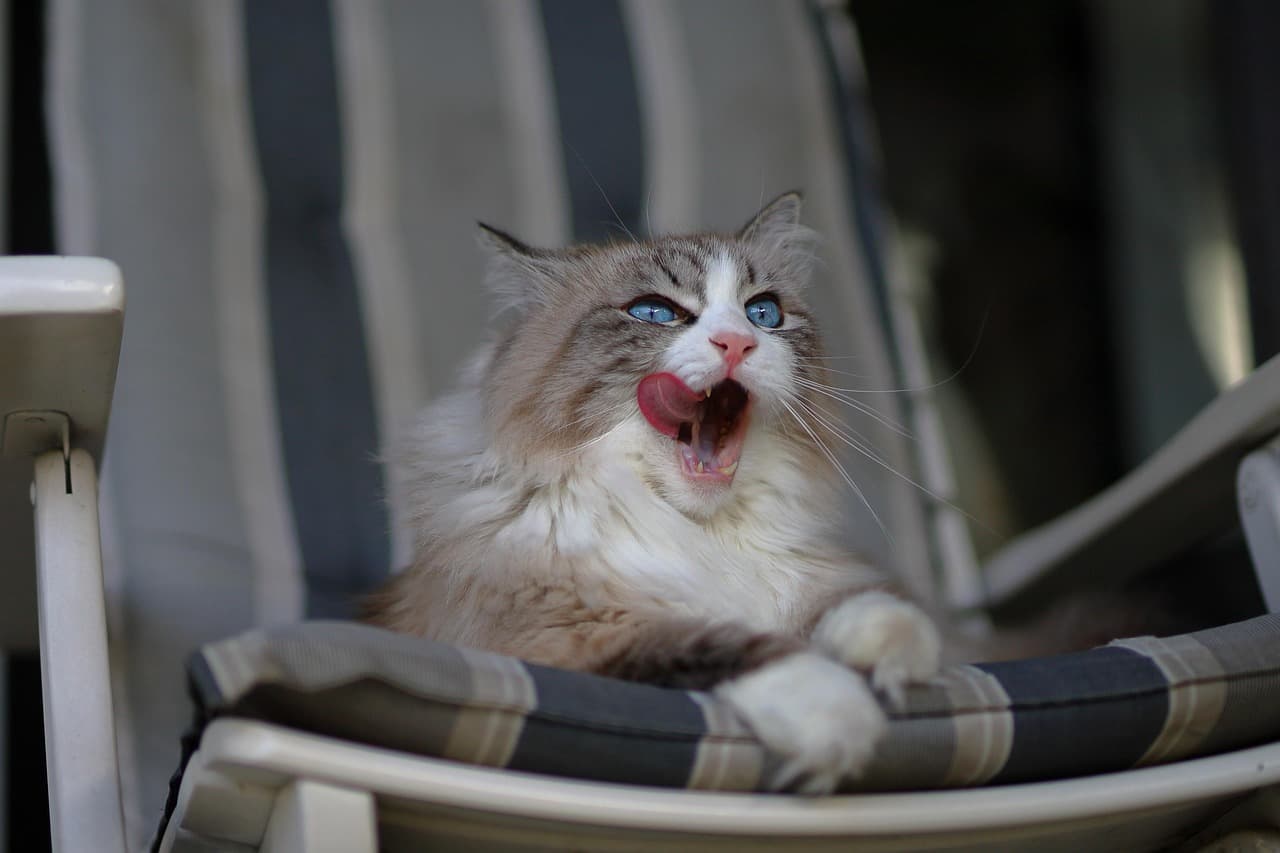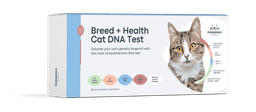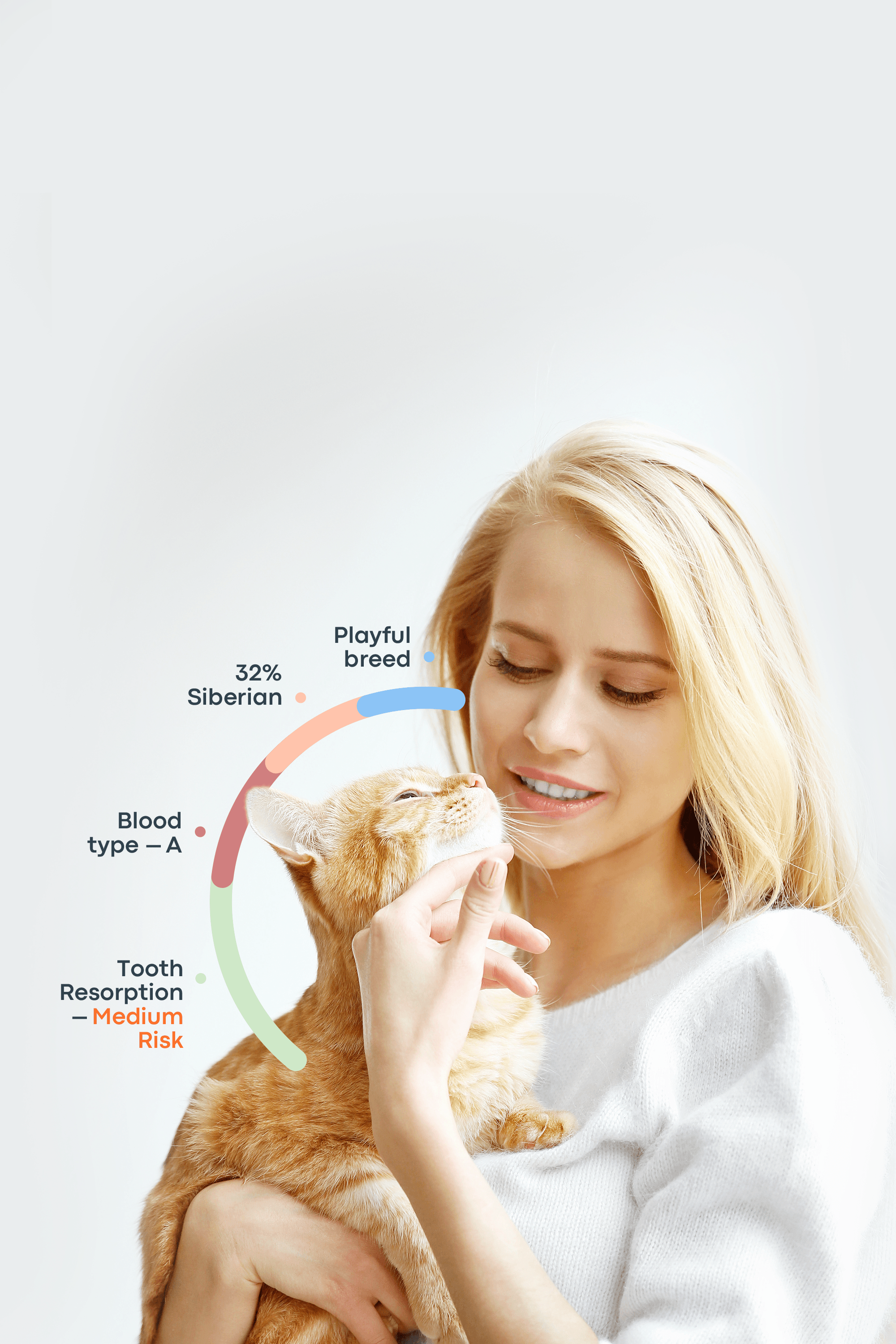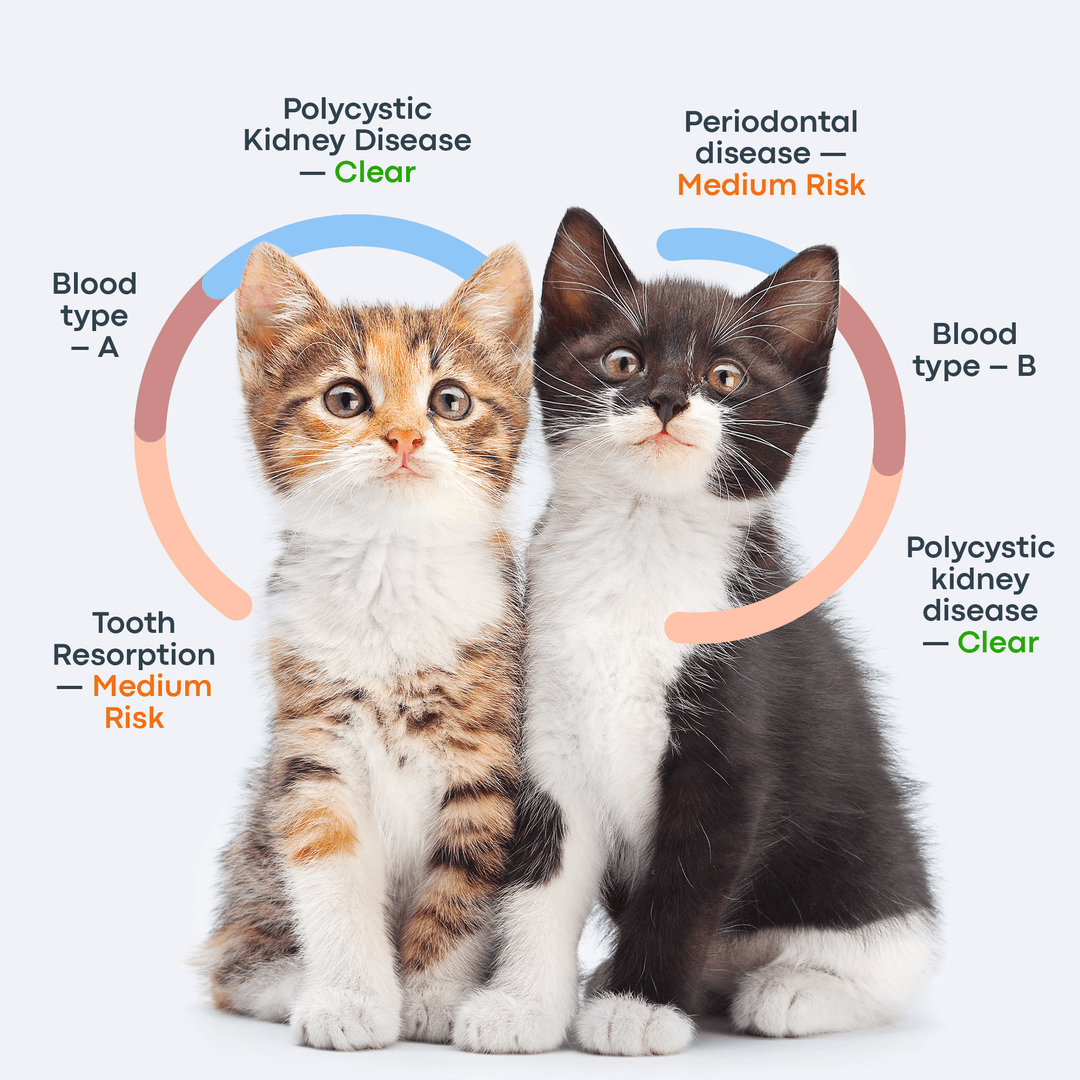Cats are known for their quirky habits, but one of the strangest might be their obsession with earwax. From sniffing your ears to pawing at used earbuds, this behavior often leaves cat owners puzzled—and a little grossed out. Yet, there’s a logical explanation behind it. Read on to find the scientific answer to the question “Why do cats like earwax?” and learn all about this odd feline fascination.
Why Do Cats Like Earwax?
Cats are famous for their quirky habits, and one of the strangest is their fascination with earwax. You might catch your cat sniffing your ears, licking your earlobes, or even stealing a used Q-tip from the trash. While it might seem gross or puzzling, there’s actually a scientific reason behind this odd behavior.
Human earwax contains small amounts of proteins, fatty acids, and amino acids—all components that naturally appeal to cats. These organic compounds are similar to those found in animal tissues, making earwax smell and taste “interesting” to a cat’s sensitive nose. Since cats are obligate carnivores, they’re instinctively drawn to scents associated with animal-based substances.

In addition to the biological aspect, familiar scents also play a role. Earwax carries your unique body odor, which can be comforting to your pet. When your cat licks your ears or used earbuds, it might be their way of exploring, bonding, or simply satisfying their curiosity about your scent.
So, while it may look strange, your cat’s fascination with earwax is part instinct, part affection, and part curiosity. Just make sure to keep cotton swabs and earbuds out of reach—consuming too much wax or plastic can be unsafe for them.
The Science Behind Earwax Attraction
According to the Cleveland Clinic, earwax—also known as cerumen—is made up of dead skin cells, cholesterol, keratin proteins, fatty acids (both saturated and unsaturated), waxy esters, and alcohol-based compounds. Though it may sound unappealing, this substance is surprisingly rich in organic materials that naturally attract cats.
As obligate carnivores, cats are biologically wired to seek out animal-derived proteins and fats, which are the same types of compounds found in earwax. This makes the scent particularly intriguing to them on a chemical level.
Earwax Composition
Component | Role / Note |
Dead skin cells | Structural component |
Cholesterol | Fatty substance, part of the waxy texture |
Keratin proteins | Attracts carnivorous cats due to protein content |
Fatty acids (saturated & unsaturated) | Appeal to cats’ taste and smell instincts |
Waxy esters | Organic compounds with scent interest |
Alcohol-based compounds | Minor component, contributes to scent |
Smell
Cats have an extraordinarily sharp sense of smell. While humans have around 5 million odor receptors, cats possess roughly 200 million, making their sense of smell about 14 times stronger than ours. This powerful olfactory system is crucial for how they explore their environment—it helps them locate prey, mark territory, detect potential threats, and even recognize familiar humans.
Their noses are especially sensitive to amino acids, fatty acids, and other organic molecules that signal the presence of food or animal matter. So when your cat sniffs out earwax, it’s not because they’re being strange—it’s because they detect the same types of scents that would be associated with prey in the wild. To them, earwax smells like a mix of comforting familiarity and instinctive curiosity.
Taste
According to VCA Hospitals, cats are highly sensitive to the umami, or savory, taste that comes from amino acids such as glutamate—compounds commonly found in meat and other animal tissues. As obligate carnivores, cats have evolved taste receptors that specialize in detecting proteins and fats rather than sweetness. In fact, they completely lack sweet taste receptors, which is why sugary foods hold no appeal for them.
Human earwax contains trace amounts of salts, fatty acids, and amino acid residues. Together, these create a subtle flavor profile that mimics the umami-rich taste of animal matter. The combination of salty and fatty notes naturally appeals to a cat’s carnivorous palate, making earwax oddly enticing—even if it seems unpleasant to us.
Curiosity
One possible answer to the question “Why does my cat like earwax?” is . Cats are inherently inquisitive creatures—a trait rooted in their evolutionary survival instincts. In the wild, curiosity drives them to investigate unfamiliar scents, sounds, and movements to locate prey or detect danger.
This same instinct carries over into domestic life. Your cat’s world is guided by scent, and earwax has a distinct, animal-derived odor that stands out among everyday smells. When your feline friend sniffs or licks earwax, they’re not necessarily trying to eat it—they’re exploring it. It’s part of how they understand and interact with their environment, one sniff (or lick) at a time.
Grooming Behavior and Social Bonding

Have you been wondering, “Why does my cat lick my ear?” The answer may lie in social grooming, one of a cat’s most instinctive behaviors.
According to PetMD, cats may lick your earwax as a form of grooming. In the wild—or in multi-cat households—cats regularly groom one another in a practice called allogrooming. This behavior serves multiple purposes: it helps strengthen social bonds, maintain hygiene, and establish hierarchy. Dominant cats may groom others to assert their status, while subordinate cats groom to show submission or affection.
For indoor cats living primarily with humans, grooming behaviors often extend to their owners. When your cat licks you—or even your earwax—it’s usually a sign of trust, comfort, and bonding. In their eyes, you are part of their social group, and licking is a way to express closeness and care. Rather than being gross or strange, this behavior reflects your cat’s instinctive desire to connect and nurture their “family,” even if that family includes humans.
Do Cats Like Earwax at All Ages?
Age Group | Behavior | Reason |
Kittens | Frequent investigation and licking | Curiosity, sensory exploration, mimics nursing motions |
Adult Cats | Occasional licking | Expresses trust, comfort, and social bonding |
Senior Cats | Rare behavior | Less exploratory, may do it as bonding behavior |
If a cat likes earwax, it can be attributed to both developmental and behavioral factors. Kittens, driven by curiosity and sensory exploration, are more likely to investigate—and even taste—earwax. Those that were weaned too early may engage in licking behaviors more often, as the action mimics the comforting oral motions of nursing and helps satisfy their need for closeness.
Adult and senior cats, whose exploratory instincts are more refined, usually show this behavior less frequently. However, they may still lick earwax occasionally as part of allogrooming or to express affection and reinforce bonds with their human companions. Subtle factors such as hormonal changes, neurological development, and social cues also influence how often a cat engages in this behavior over their lifetime.
In short, while kittens are more consistently curious about earwax, adult cats may display the behavior more selectively, often tied to trust, comfort, and social interaction rather than simple curiosity.
Is Human Earwax Bad for Cats?

As a cat guardian, you might wonder, "Can cats eat earwax?" The good news is that if your cat licks or ingests a small amount of human earwax, it is generally harmless.
However, there are important precautions to keep in mind. Never allow your cat to chew or swallow Q-tips, cotton balls, or earbuds, as these items can cause choking, intestinal blockage, or digestive injury.
Additionally, if you’ve used medicated ear drops or cleaning solutions, it’s crucial to prevent your cat from licking your ears. Many of these products contain ototoxic or hepatotoxic compounds that can be harmful—or even toxic—if ingested, even in small amounts.
In short, occasional licking of natural earwax is usually safe, but anything more—especially involving objects or medications—should be carefully avoided to protect your cat’s health.
When Earwax Licking Could Signal a Problem
While occasional licking of earwax is usually harmless, persistent or excessive grooming—especially directed at another cat’s ears—can indicate an underlying health issue. Conditions such as ear infections, mite infestations, or inflammation may produce unusual odors or discharge that attract your cat’s attention. One common condition is otitis externa, which is the inflammation of the outer ear canal.
Excessive licking or grooming can worsen irritation or even introduce bacteria from the mouth into the ear. Warning signs to watch for include:
Redness or swelling of the ear
Foul odor or unusual discharge (dark or waxy)
Frequent scratching or pawing at the ears
Repeated head shaking
If you notice these behaviors, it’s important to schedule a veterinary examination for all cats involved. Ear mites and certain bacterial or yeast infections can spread easily between cats in close contact, so prompt treatment helps prevent further discomfort and complications.
How to Prevent or Redirect Earwax Licking
Now that you know the answer to the question “Do cats like earwax?” it’s helpful to know how to redirect this behavior safely.
Secure trash and used items
Keep trash cans tightly covered and dispose of used Q-tips, cotton balls, and earbuds immediately to prevent accidental ingestion.
Provide enrichment
Offer puzzle feeders, treat-dispensing toys, or textured lick mats to satisfy your cat’s curiosity and oral instincts. These outlets help keep your cat mentally stimulated and reduce interest in your earwax.
Redirect gently
If your cat tries to lick your ears, calmly move them away and redirect their attention to play or a toy. Avoid punishment, which can create fear or stress.
Promote healthy bonding
Encourage affectionate alternatives such as petting, brushing, or interactive play sessions to fulfill your cat’s social and grooming instincts safely. This helps maintain trust while keeping the behavior appropriate.
Final Thoughts
We hope this guide has helped answer the question “Why do cats like earwax?” In most cases, earwax licking is a harmless and quirky reflection of your cat’s natural instincts. It’s a mix of curiosity, social bonding, and their carnivorous preferences.
As a cat guardian, it’s important to stay observant. If your cat’s licking becomes obsessive or is directed toward another cat’s ears, it may signal an underlying health issue that requires veterinary attention.
Always keep ear-related items such as Q-tips, cotton balls, and earbuds safely out of reach to prevent accidents. And above all, enjoy this amusing reminder of just how instinct-driven, curious, and endearingly strange our feline friends can be.
Frequently Asked Questions
Why does my cat lick my ears at night?
Cats may lick your ears at night as a form of affection or social grooming. In the wild or in multi-cat households, grooming helps strengthen bonds. Licking your ears can also be a comforting behavior, showing trust or seeking attention when you are still and relaxed.
Why does my cat like to nibble on my ear?
Nibbling on your ear is often a gentle way for your cat to play, groom, or show affection. This behavior can mimic kitten nursing motions or serve as a way to get your attention while expressing trust and bonding.








